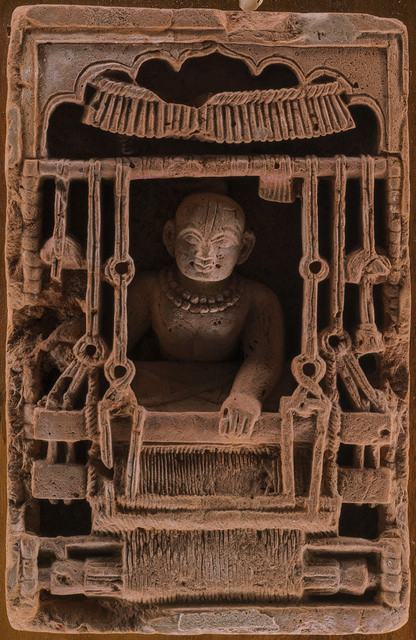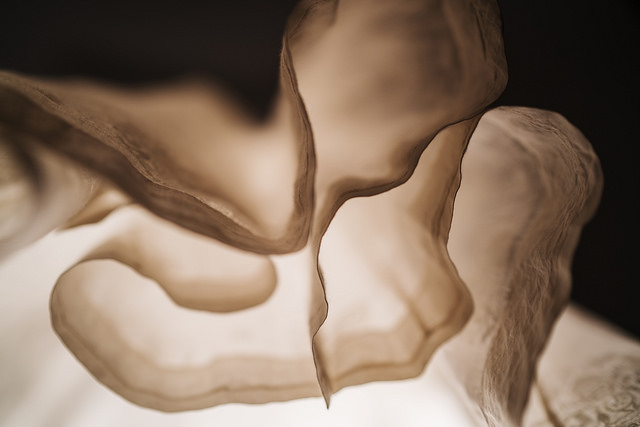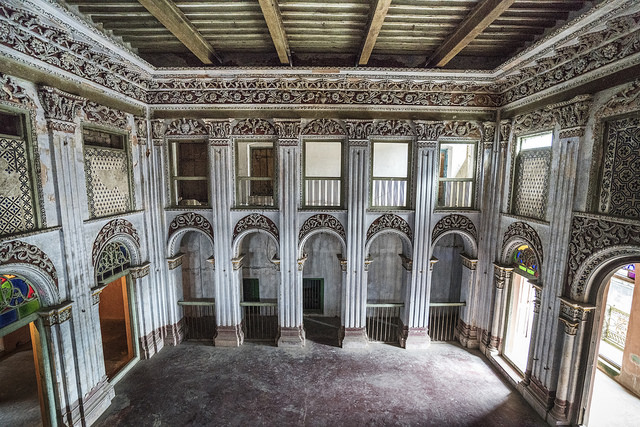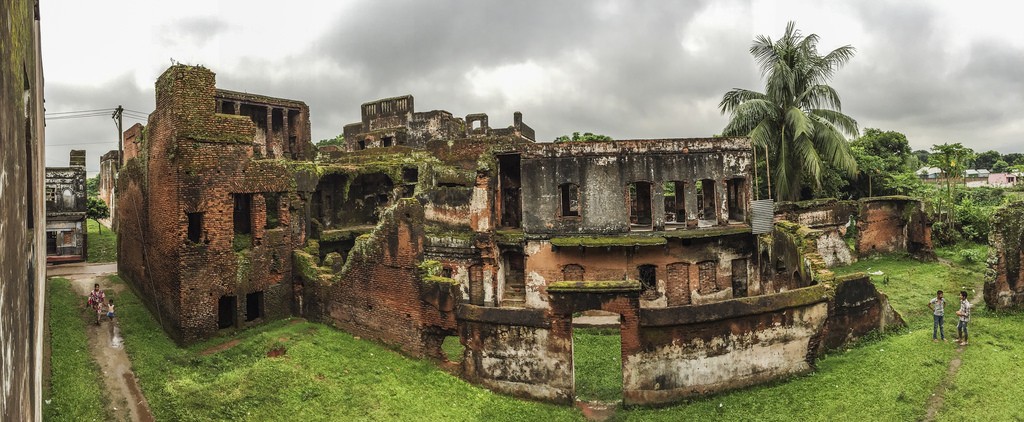
Having heard Saif speak of muslin over the last three years, I had gained some knowledge, albeit second hand. Going out filming with him to museums, arboretums and libraries, I had met some of the world?s leading experts. Lived part of the history. A surprise awaited me. It is not a book written by an expert, but a labour of love, written by a hungry enthusiast, not yet jaded by the weight of authority. It has all the facts. The rigour of research. The scholarly precision. The concern for one?s fellow human.The hurt and the anger of having been wronged. These however, were milestones along the way. The book took me elsewhere. It placed me not only along the forty miles of a meandering river, unique in its topography, geology and climatic character, but in the homes of the weavers, in the plush residences of colonial rulers, in grand Mughal palaces. I heard the ghazals, the landing of the big ships, the whispers of conspiracy. I saw the taxman at the door, the worried brow of a hapless farmer. I heard the gnawing hunger on a starving child?s belly. The crack of rifle fired by one?s own people serving a foreign master. But these too were subplots. Bit players who played their roles and moved on. The play has a bigger plot.

The spirit of a ghostly fabric, led me by the hand. It was not an evil spirit that wanted harm, but a spirit that had been hurt, and wronged and forgotten. A spirit that had walked the corridors of power, felt the delicate touch of a young woman?s fingers smoothed by mother of pearl, spinning the yarn. It had passed through the fine toothcomb of the predatory boal?s jaw. It was not a spirit returning to haunt us, but to lead us along long untrodden paths. It opened creaky doors with rusted locks, blew the cobwebs off musty shelves, opened an old page revealing a long pressed leaf, with faded colours. It was not here for vengeance, for this was not a fearful ghost, but a playful child. It wanted to dance, to light the chandeliers, to play with the children, to listen to poetry. It was a spirit longing to be human. To bathe in the mild waters of the Meghna, to walk barefoot, sensuously along marbled corridors. It enjoyed music and laughter and while it showed me the horrors of greed and the evils of power, it also took me on a magic carpet. A carpet that not only crossed seas and floated over clouds, but went across time, across races, across cultures.

As I leafed through the pages, pausing at an arresting image, or smiling at an anecdote, the spirit took me between the lines, underneath the images, beyond the ink and paper, into the mystery of the lives themselves. It pointed me to Jane Austen?s writing desk, gnarled and smooth with use. To Josephine?s collection, shielded from prying eyes. To Clive?s acquisitions caged in glass in ivy-cloaked castles in remote Welsh hillocks. It also took me to Gandhi?s ashram, to secret meetings. I heard the clanging of brass plates laden with home made pitha, freshly made on a winter morning, felt the fine mist in narrow corridors as the warm monsoon rain beat against bamboo walls. I saw the cotton rise as it wafted upward in the humid air on a boat moored by the bank. I also heard whispers of rebellion, hopes of freedom. Promises made to children that things would be different.
I heard the hum of the spinning wheel and felt the taut twine, as a hand stretched out from the wheel in ever measured pace, silently counting, 200, 250, 300? 500. I saw the gossamer being born.
I heard the lapping of the waves, the squeaking of wood against wood, the sound of the shuttle, the sobbing of the weaver. Most importantly, I heard the silence of a loom as it finally stopped.

The spirit had a story to tell. Tales of great adventure, but also quiet stories, of spinners and weavers and small time traders, for whom muslin meant much more than a fabric to be worn. It represented not only a livelihood, but life lived at a different pace, where people gathered around storytellers, where journeys over land and sea, could take months or years. Where a letter arriving was village news, as was the selection of a sari by a princely ruler, validating the craft of an entire community. It was spirit that wanted freedom from dark rooms and musty walls. A storyteller that yearned for a listener.

In a wintry evening, huddled around a bonfire, with flames licking the darkening sky and the crackle of logs punctuating its soft voice, the spirit takes a deep breath. Hush, dear reader, sit cross-legged around the fire and warm your hands. You are the listener the spirit has been waiting for.
Shahidul Alam
Photographer, Drik
5th December 2015 (at 30,000 feet, somewhere near Tbilisi)
2 thoughts on “The spirit of a ghostly fabric”
Leave a Reply
You must be logged in to post a comment.

I love such places. It causes a mixture of different feelings and leave an impression for a long time. Perhaps we will never know all the secrets of our ancestors but there is always a chance to touch history and immerse yourself in this spirit.
This one place seems majestic and interesting where I would like to go. I have been planning to go to places like this one since long but due to short time, I was unable. Your post is inspiring that made me feel that I should visit this place..